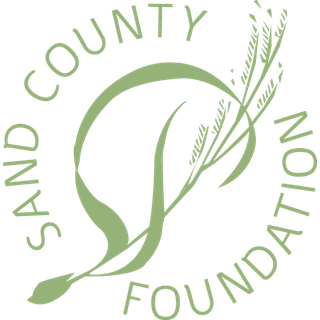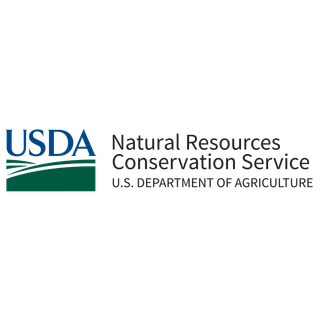For over 100 years, the Johnson family’s philosophy has been to leave resources under their stewardship in better condition than when they found them, and to pass their ranch on to the next generation. Located near Kit Carson, Flying Diamond Ranch is now in its fifth generation and the family is determined to pass it on to the sixth.
Scott Johnson and his family own and manage 25,000 acres of land dominated by shortgrass and sandsage prairie, and over 10 miles of riparian area along Big Sandy and Horse Creek.
After attending a holistic resource seminar in the 1980s, Scott decided to make holism central to his ranch management philosophy. The Johnsons now look at the ranch as a whole and strive to achieve a balanced approach to how they manage the land.
In partnership with the USDA Natural Resources Conservation Service, they implemented a rotational grazing system supported by an extensive pipeline and fencing infrastructure. This allows them to improve the health and fertility of their land and cattle.
Flying Diamond Ranch
Rather than beginning their calving season in March, they start in May when the natural forage supplies meet the nutritional needs of their cattle. This reduces the need to supplement forage and decreases calf deaths due to inclement weather. The later start also benefits wildlife; there is no need to hunt coyotes because they have access to other food sources and are no longer a threat to livestock.
The Johnsons deeply believe in their duty to serve the greater agricultural community. Each family member has held agricultural leadership roles or is involved in promoting agriculture locally. The ranch sponsors the Catch-a-Calf contest at the National Western Stock Show and supports rural youth through their regularly hosted ranch visits for local schools.
“Flying Diamond Ranch has demonstrated a multi-generational commitment to the conservation and protection of its most important assets: grassland and water,” said William Hammerich, Colorado Livestock Association CEO. “Their holistic approach to stewardship is one that could serve as a model for all livestock producers.”










